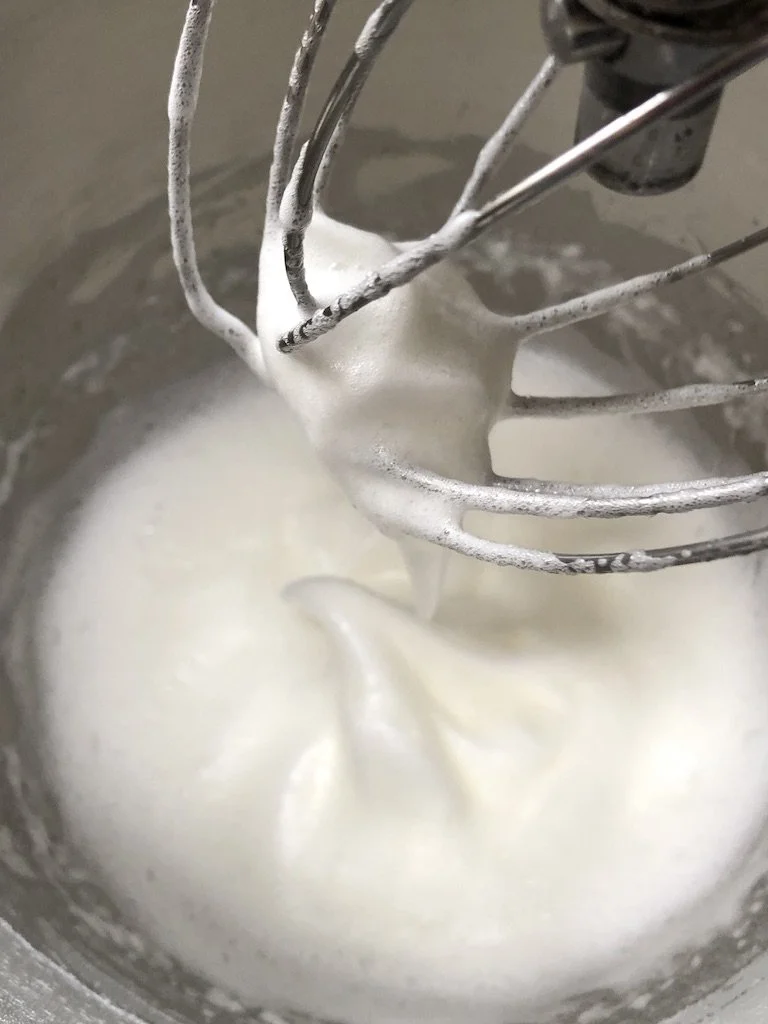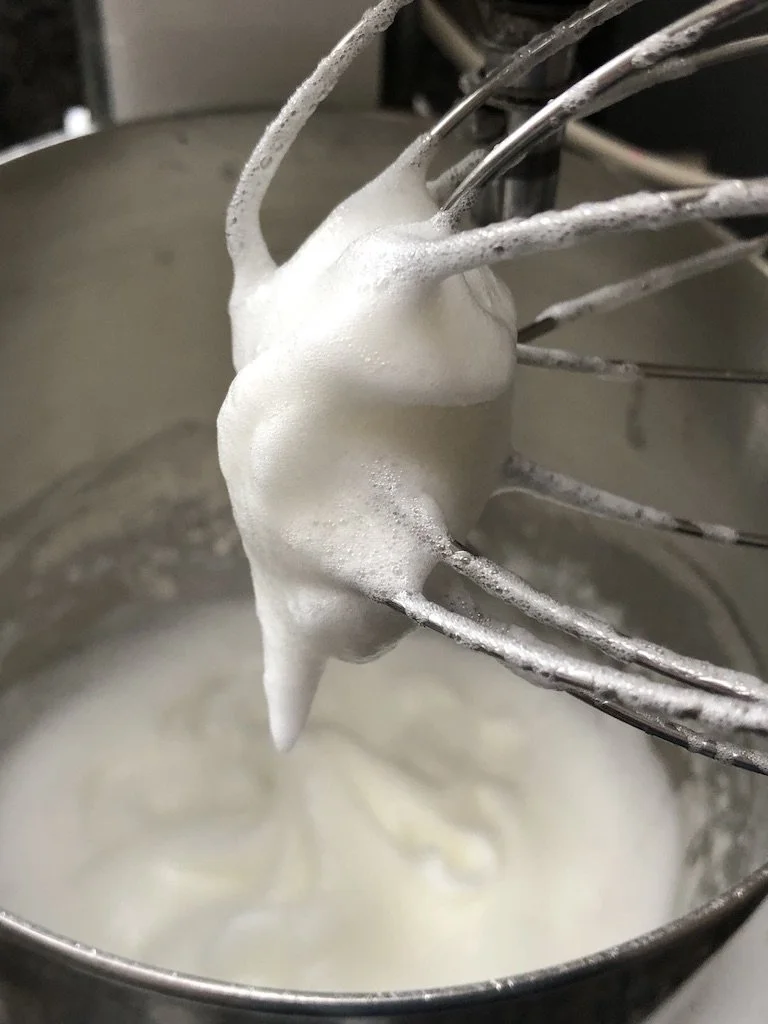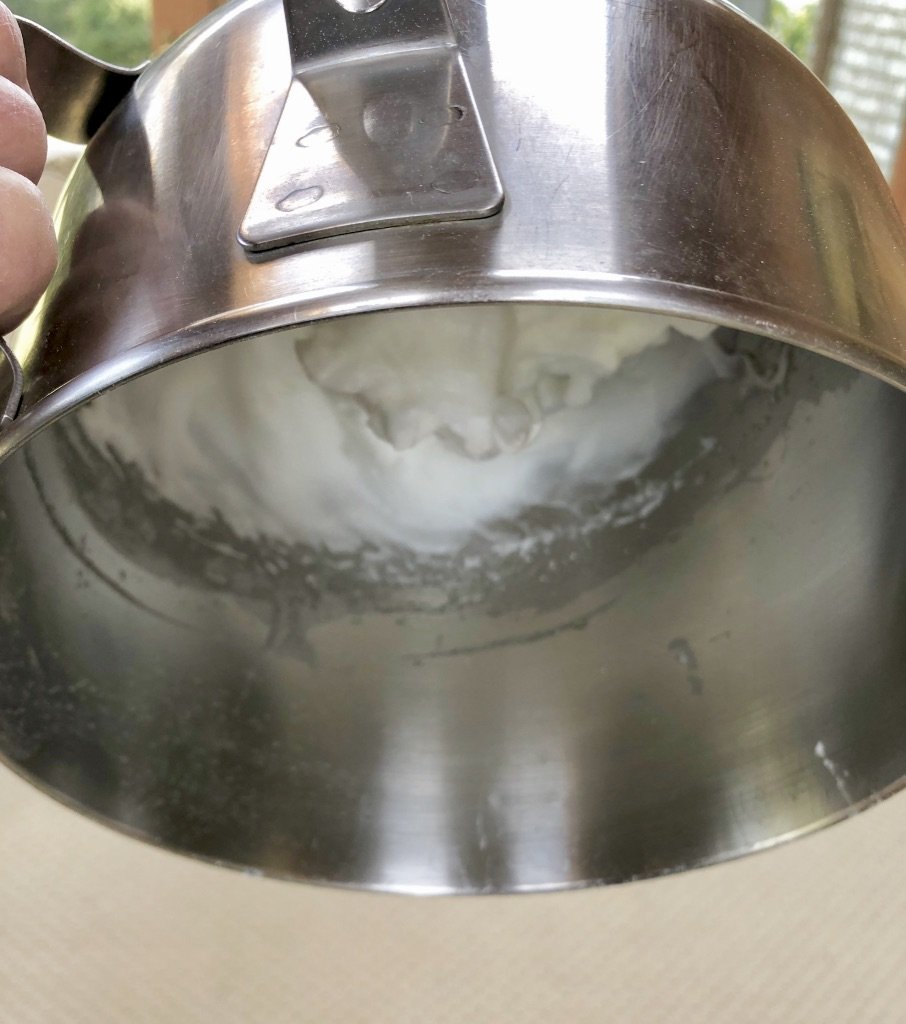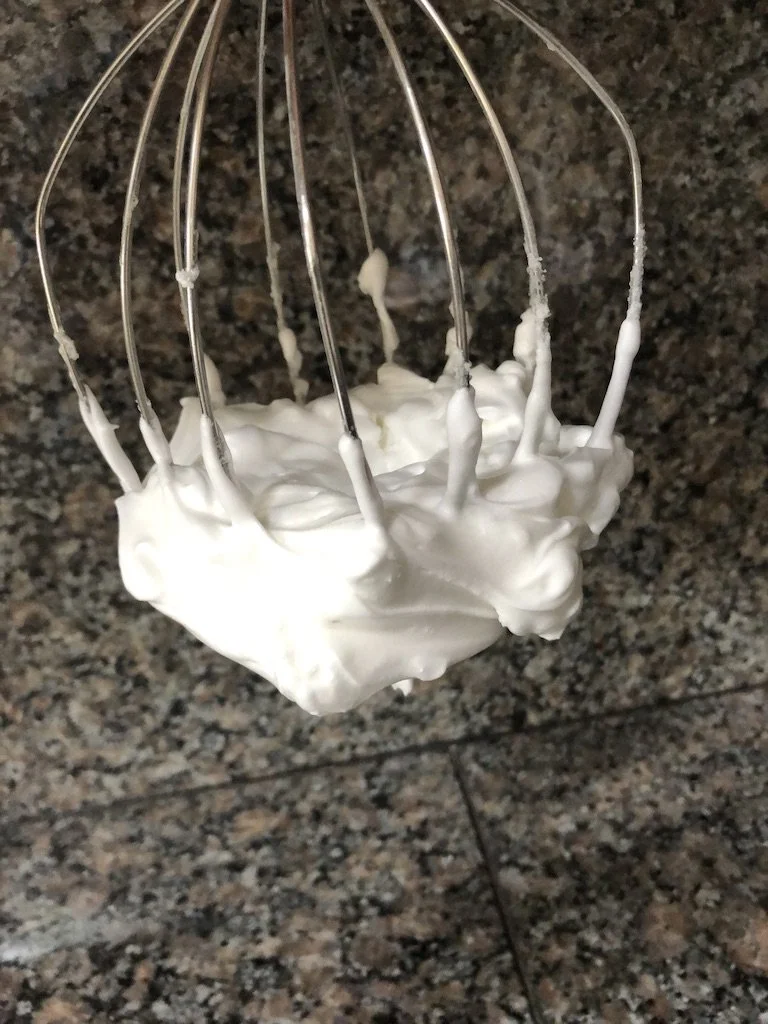Have you ever realized how many eggs we use during Passover?
LOTS!
And many Passover recipes, especially desserts, use whipped egg whites. So you read things like “soft peaks” and “stiff but not dry” and such.
What does it all mean? Looks easy but ……
sometimes the food preparations that look the easiest turn out to be the most intimidating.
Egg whites are among those. But if you want to make perfectly soft soufflés, tender Baked Alaska, crispy meringues and other wonderful treats, it’s important to get it right.
These tips will help:
Use the freshest eggs possible; their thicker whites whip to greater volume and with more stability than the thin, runny whites of older eggs.
Separate the yolks and whites when the eggs are cold. This helps prevent even the tiniest particle of yolk from falling into the whites. Egg yolks contain fat, and any kind of fat inhibits volume.
For the best volume, let the egg whites come to room temperature (usually about 30 minutes) before you beat them.
Copper bowls are the best for the job, (the acid in the metal helps stabilize the foam), but stainless steel, ceramic or glass bowls are fine too. Don’t use plastic bowls because no matter how much you wash them the surface of retains some fat particles.
Use a balloon or large whisk or the whisk attachment of an electric mixer or hand mixer. Standard cake batter beaters don’t whip egg whites well; neither does a food processor.
Start beating the whites on slow and gradually increase the speed as volume increases.
Beat the whites to the foamy stage (photo #1)before you add ingredients such as cream of tartar, salt, lemon juice or vinegar.
Add any sugar gradually (about 2 tablespoonfuls at a time), and only after the whites have been beaten to the "soft peak" stage.
“Soft peaks” (photo #2) means beaten whites with tips that fall over when you lift the beater.
"Stiff but not dry" (photo #3) means beaten egg whites that are thick and glossy looking and with tips that stand up firmly with only a tiny bit at the top lopping over.
To test whether whites are stiff enough, either turn the bowl over – it’s ok! the whites won’t fall out! (photo #4) Or, spoon a small amount out of the bowl and turn the spoon over – the whites should cling, not fall out.
Photo#5 shows the meringue with eggs whipped and sugar added




